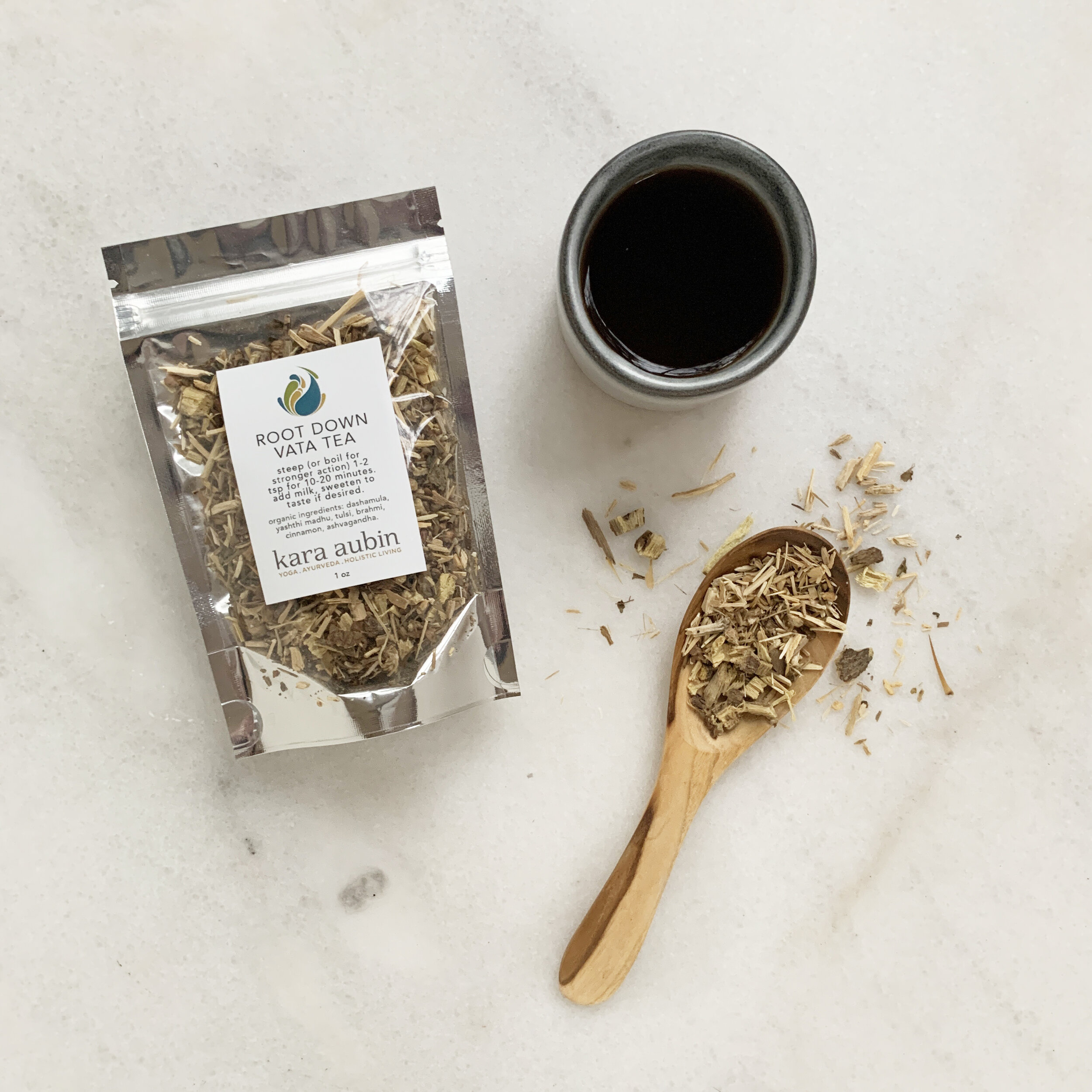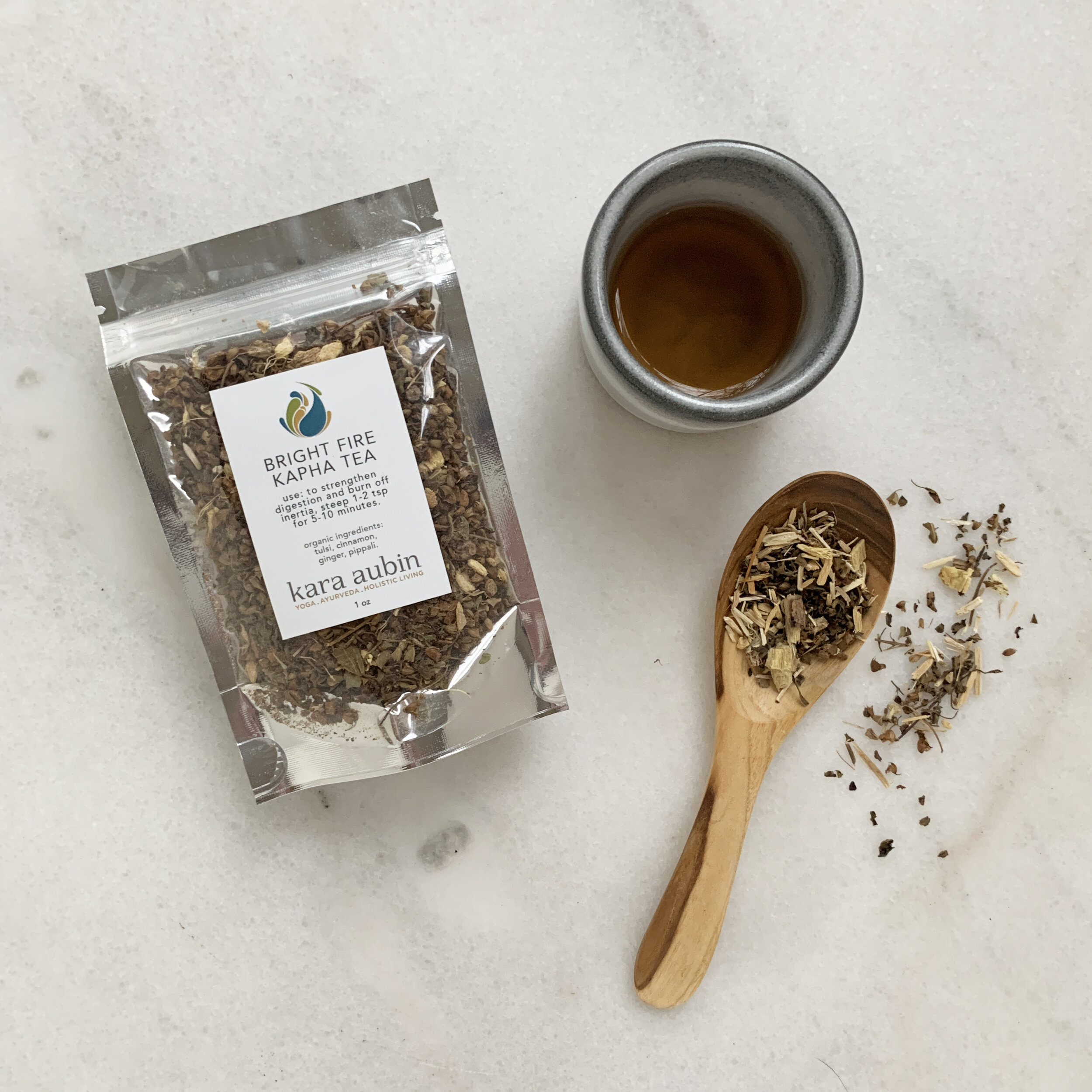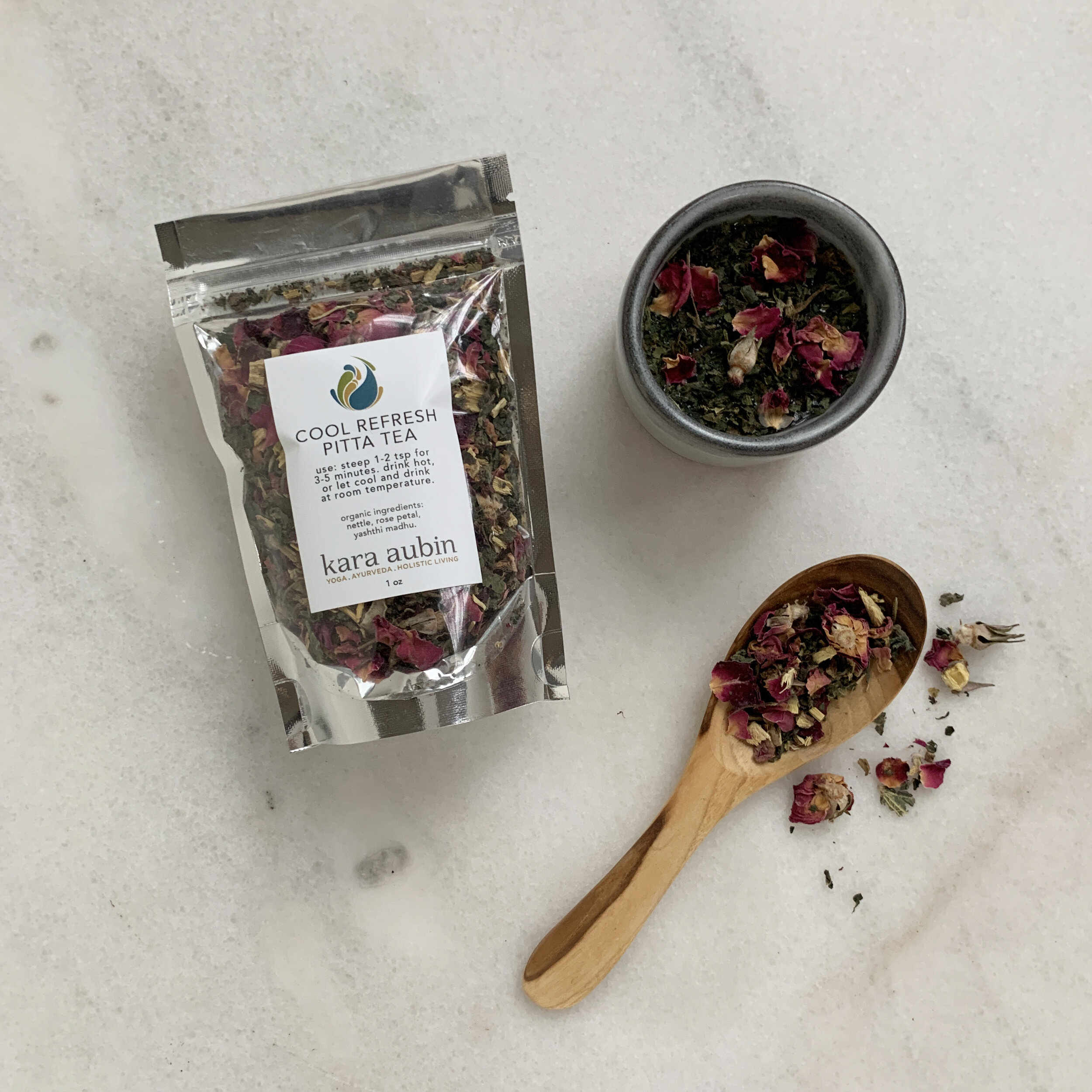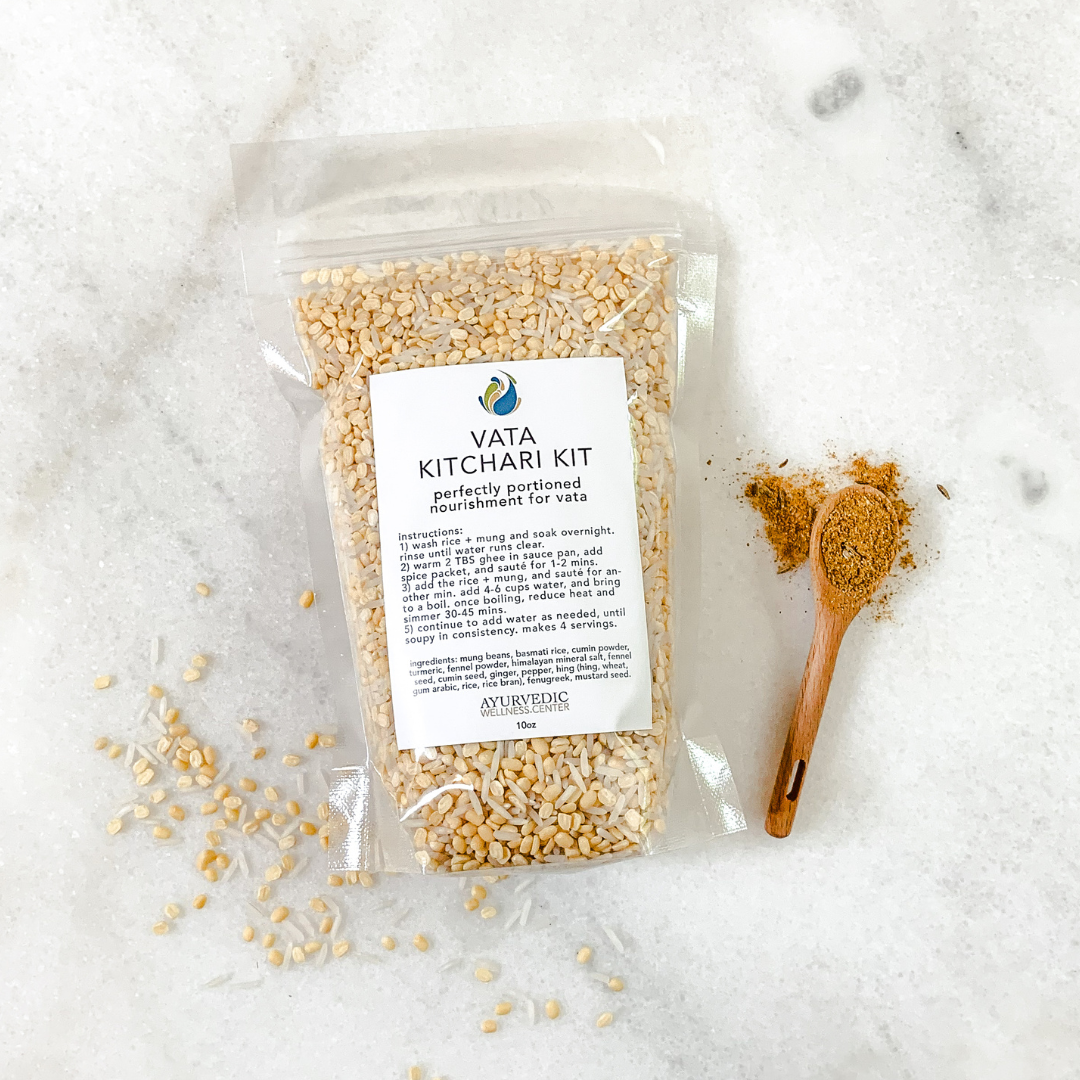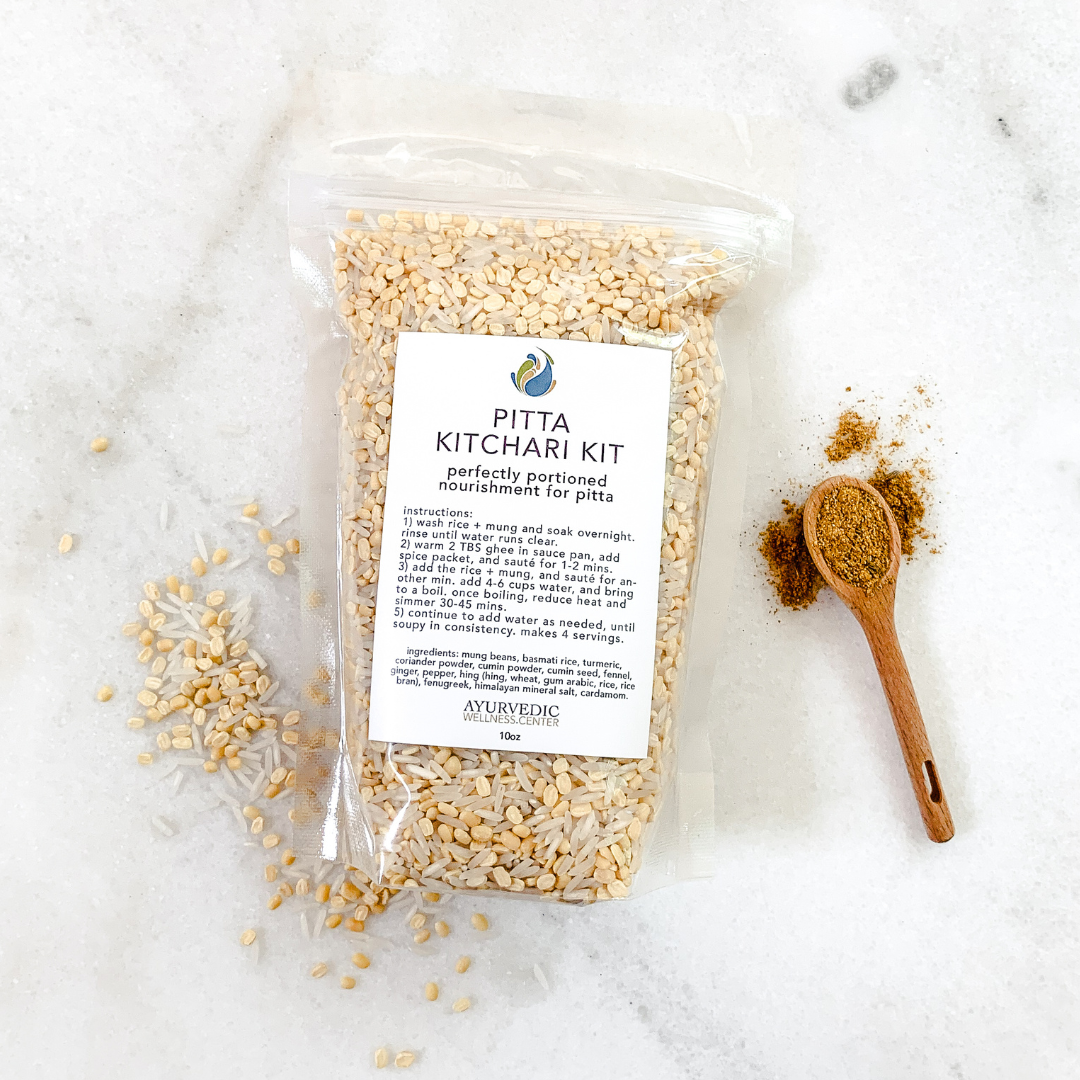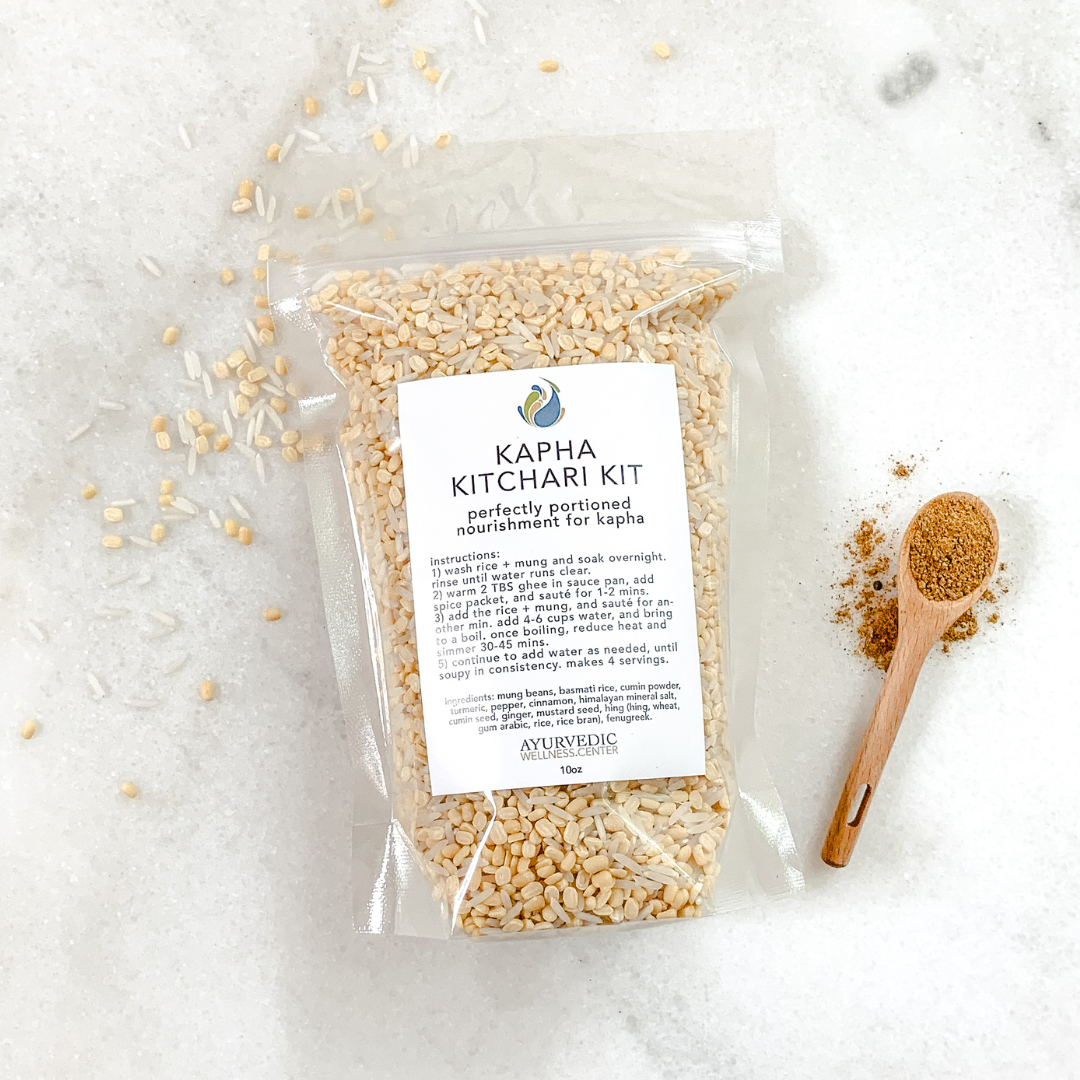understanding the dhatus: mamsa dhatu
“the doshas (energy principles), dhatus (tissues), and malas (wastes), are always the roots of the body.”
what is mamsa dhatu?
Ayurveda identifies seven tissues, or dhatus, that comprise the substratum of the functional systems of the body. When we understand the form and function of these tissues we will understand what imbalances can arise in them, and how to best care for these tissues.
Mamsa Dhatu, the third of the seven, is a connective tissue system that is formed from the by-products of Rakta Dhatu. We find overlap between Mamsa Dhatu and muscle and connective tissue in the western anatomical model. Ayurveda names Mamsa’s qualities as stable, gross (vs subtle), heavy, smooth, and hard.
Mamsa’s primary function in the body is lepanam; a kind of plastering that gives proper form and support to the body. Mamsa supports and gives form to the skeleton, like plaster supports and gives form to a lathe wall. Mamsa gives nourishment to the body generally, and provides precursors to the next tissue, Medo Dhatu.
what do imbalances of mamsa look like?
Each tissue can be produced in excess, or be deficient in each individual organism. A set of symptoms arises from each imbalance.
Where a body has excessive Mamsa Dhatu, which is made up in large part by earth element, we will experience a set of symptoms that reflect excessive structure:
general heaviness of body parts
specifically, over development of buttocks, neck, throat, lips, thighs, calves, and arms
excessive exhaustion
piercing pain
goiter or cervical lymphadenitis
cysts, myomas, and other related stagnation of tissue
Conversely we can have too little of the structural support of Mamsa. This creates symptoms like:
general weakness
emaciation of the body generally
specifically, emaciation of buttocks, neck, throat, lips, thighs, flanks, calves, chest, and arms
dryness
pricking pain
weakness of sensory organs
what imbalances mamsa dhatu?
As Mamsa is so closely related to earth element we’ll see Kapha aggravating food and activities as a primary cause for Mamsa imbalances. Causes like:
sticky, slimy, heavy foods (think dairy like yogurt and cheese, fish/seafood, and fried foods)
foods causing inflammation
sleeping after taking a meal
sleeping during the day time
how to support mamsa?
While they symptoms of Mamsa imbalance are troublesome themselves, its also important to remember that they are the precursors for more advanced disease processes. So, we want to recognize them as they arise, and turn to our Ayurvedic practices to properly nourish and balance each tissue. Luckily, imbalances of Mamsa Dhatu do well when addressed with food and lifestyle practices.
If the issue is excessive Masma Dhatu, the therapeutic approach will be a Pitta/Kapha pacifying approach:
reduce sticky, slimy, heavy foods (think dairy like yogurt and cheese, fish/seafood, and fried foods)
reduce pungent (spicy), salty, and sour (citrus, ferments, acidic) tastes
decrease the oily quality of food, especially fried
eat a generally Kapha pacifying diet, favoring pungent, bitter, and astringent tastes
include onion and garlic in your diet
include adequate movement in your daily routinue
take a short walk after meals
sleep according to the Ayurvedic Clock
utilize culinary supports like Three Pungents, Bright Fire Tea, mung beans, red lentils, quinoa flakes, or even easier - a Kapha Kitchari Kit.
If Mamsa Dhatu is depleted you’ll take a Vata pacifying approach:
favor sweet, sour, and salt of the six Ayurvedic tastes. Get an Introduction to the Six Tastes of Ayurveda with Kristin Linde.
eat whole foods, well-cooked, spiced, fatted, and eaten warm
include adequate protein: plant, like beans and lentils (easier to digest) or animal (more challenging)
include sweet fruits like mango, date, figs, and black raisins
eat soaked & peeled almonds
utilize culinary supports like Vata Churna, cultured ghee, mung beans, red lentils, basmati rice, or even easier - a Vata Kitchari Kit.
utilize herbal supports like Ashwagandha, Chyawanprash, and Well-Adapted Ghee
why it matters?
Mamsa performs a vital function of stability. There are plenty of modern challenges for Mamsa. A modern, conventional diet and lifestyle will tend to lead to excessive accumulation of Mamsa. Aging, and with it the increase of Vata Dosha, will challenge our ability to maintain healthy, adequate Mamsa. Notice if you’re experiencing symptoms of one of these imbalances check out the practices to create balance, and try a couple out. You’ll want to stick with it for a month or two before you evaluate its effect.
In the coming months we will be exploring each of the remaining dhatus:
Medas (adipose tissue)
Asthi (bone tissue)
Majja (nerve tissue)
Shukra/Artava (reproductive tissue)
We will dive deep into best practices for supporting and nourishing each of them. Up next, Medo dhatu.
Oh, and if you missed our first post of this series on Rasa Dhatu, head back and meet this important first bodily tissue.
related products
related posts
loved what you learned? feeling inspired? share this article with someone who would benefit!
you can also share via the social icons below.



